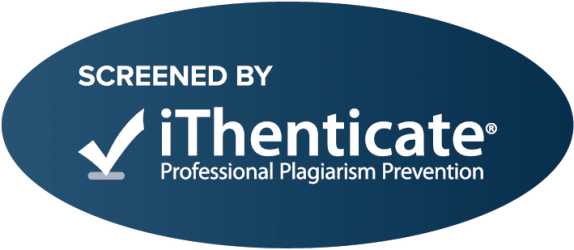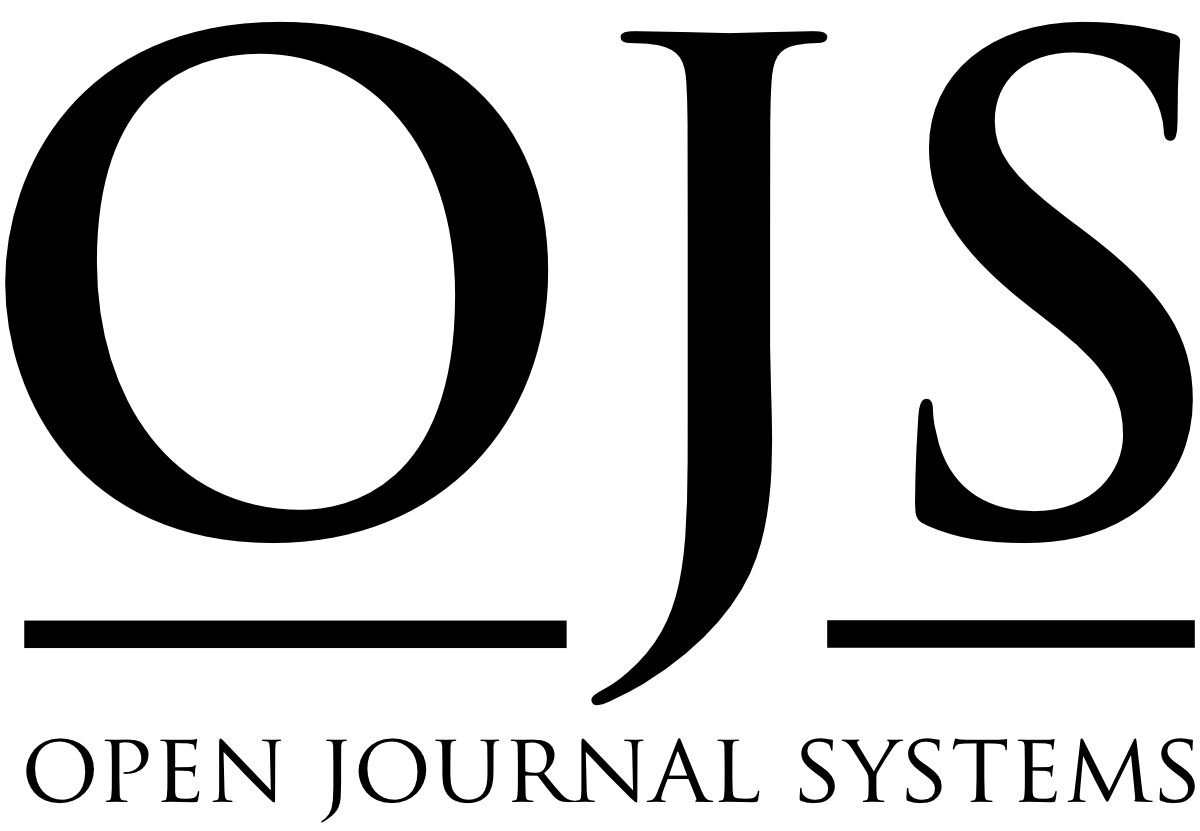Effectiveness of a Phonological Awareness Training Intervention on Word recognition ability of Children with Autism Spectrum Disorder
Keywords:
Phonological awareness, word recognition ability, children with autism spectrum disorderAbstract
This study describes an action research project designed to improve word recognition ability of children with Autism Spectrum Disorder . Method. A total of 47 children diagnosed as having Autism Spectrum Disorder using Autism Spectrum Disorder Evaluation Inventory (Mohammed, 2006), participated in this study . The sample was randomly divided into two groups; experimental ( n= 24; 16 M ,8 F) and control ( n= 23; 18 M, 5 F). ANCOVA and Repeated Measures Analyses were employed for data analysis. Results. Findings from this study indicated the effectiveness of the program employed in word recognition ability in the target children . Discussion. The study supports the idea of PA as a powerful intervention for children Autism Spectrum Disorder.Downloads
References
Adams, M. (1990). Beginning to read [electronic resource]: Thinking and learning about print (pp.299-320).Cambridge Mass.: MIT Press .
Bender, W. (2001). Learning disabilities: Characteristics, identification, and teaching strategies (4th ed.). Allyn and Bacon.
Bernad-Ripoll, S. (2007). Using a self-as-model video combined with social stories to help a child with Asperger syndrome understand emotions. Focus on Autism and Other Developmental Disabilities, 22, 100-106.
Blachman, B ., Bali, E., Black, R.,& Tangel, D. (1994). Kindergarten teachers develop phoneme awareness in low-income, inner-city classrooms. Does it make a difference? Reading and Writing: An Interdisciplinary Journal, 6, 1-18.
Cassady, J.,& Smith, L. (2004). Acquisition of blending skills: Comparisons among body-coda, onset-rime, and phoneme blending tasks. Reading Psychology, 25(4), 261-272. Retrieved May 1, 2006, from Linguistics and Language Behavior Abstracts database.
Catts, H. (1991). Phonological processing deficits and reading disabilities. In A. Kamhi & H. Catts (Eds.), Reading disabilities: A developmental language perspective (pp.101-158). Boston: Allyn and Bacon.
Catts, H., Fey, M., Zhang, X.,& Tomblin, J. (2001). Estimating the risk of future reading difficulties in kindergarten children: A research-based model and its clinical implementation. Language, Speech, and Hearing Services in Schools, 32,38-50.
Cheung, H., Chen, H., Lai, C., Wong, O.,& Hills, M. (2001). The development of phonological awareness: Effects of spoken language experience and orthography. Cognition, 81(3), 227- 241. Retrieved May 2, 2006, from Linguistics and Language Behavior Abstracts database.
Cook, V. & Bassetti, B. (2005). Second language writing systems. Clevedon, Buffalo: Multilingual Matters.
Daly, E., Chafouleas, S.,& Skinner, C.(2005). Interventions for reading problems : designing and evaluating effective strategies. New York: Guilford Press.
Durguno lu, A. (2002). Cross-linguistic transfer in literacy development and implications for language learners. Annals of Dyslexia, 52, 189-204. Retrieved May 24, 2006, from Linguistics and Language Behavior Abstracts database.
Eissa, M. ( 2007).The effectiveness of a phonological awareness training programme on reading skills of reading disabled 5-grade students . Banha Journal of Education , 17(72), 95-124.
Eissa, M. ( 2008). pre-reading skills scale for children . Unpublished Manuscript .
Heimann M, Nelson KE, Tjus T, Gillberg C. (1995). Increasing reading and communication skills in children with autism through an interactive multimedia computer program. Journal of Autism and Developmental Disorders, 25:459–480
Tofaha, G.,& Eissa, M. (2011). The Effectiveness of a Phonological Awareness Training Intervention on Pre-reading Skills of Children With Mental Retardation. The Journal of Human Cognition Research, 1(1), 67-80.
Gillon, G. (2004). Phonological awareness : From research to practice (pp.1-60). New York : Guilford Press.
Koda, K. (2005). Insights into second language reading : A cross-linguistic approach. New York, NY : Cambridge University Press .
Layton, L.,& Deeny, K (2002). Sound practice: phonological awareness in the classroom. London: D. Fulton Publishers .
Ledford, R.,& Gast, D. (2006). Feeding problems in children with autism spectrum disorders: A review. Focus on Autism and Other Developmental Disabilities, 21, 153 – 166.
Metsala, J.,& Ehri, L. (1998). Word recognition in beginning literacy (pp.3-40)[electronic resource]. Mahwah, N.J.: L. Erlbaum Associates.
Mohammed, A. ( 2006) . Autism Spectrum Disorder Evaluation Inventory. Cairo: Dar Al Rashad Oktay, A.,& Aktan, E. (2002). A cross-linguistic comparison of phonological awareness and word recognition in Turkish and English. International Journal of Early Years Education, 10(1), 37-48. Retrieved May 30, 2006, from Linguistics and Language Behavior Abstracts database.
Sawyer, D.,& Fox, B. (1991). Phonological awareness in reading :The evolution of current perspectives. New York : Springer-Verlag .
Scanlon, D.,& Vellutino, F. (1987). Phonological coding, phonological awareness, and reading ability: Evidence from a longitudinal and experimental study. Merrill-Palmer Quarterly, 33(3), 321-363.
Seri, E. ( 1988) . Children intelligence test. Cairo: Alam AL Kotub.
Share, D.,& Stanovich, K. (1995). Cognitive processes in early reading development: A mode1 of acquisition and individual differences. Issues in Education: Contributions from Educational Psychology, 1, l-57.
Smith, S., Simmons, D.,& Kameenui, E. (1998). Phonological awareness: Research Bases. In Simmons D.& Kameenui E. (Eds.), What reading research tells us about children with diverse learning needs: Bases and basics (pp. 61-128). Mahwah, N.J.: Erlbaum.
Stanovich, K. (1985). Explaining the variance and reading ability in terms of psychological processes: What have we learned? Annals of Dyslexia, 35,67-69.
Stanovich, K. (1986). Matthew effects in reading: Some consequences of individual differences in the acquisition of Literacy. Reading Research Quarterly, 21 (4), 360-406.
Tingley, P., Dore, K., Lopez, A., Parsons, H., Campbell, E.,& Kay-Raining, B. et al. (2004). A comparison of phonological awareness skills in early French immersion and English children. Journal of psycholinguistic research, 33(3), 263-287. Retrieved April 16, 2006, from Linguistics and Language Behavior Abstracts database.
Torgesen, J. (2000). A basic guide to understanding, assessing, and teaching phonological awareness. Austin, Tex.: Pro-Ed Mass.
Treiman, R. (1992). The role of intrasyllabic units in learning to read and spell. In Gough, P., Ehri, L.,& Treiman, R. (Eds.), Reading acquisition (pp.65-106). Hillsdale, N.J.: L. Erlbaum Associates.
Wagner, R.(1986). Phonological processing abilities and reading implications for disabled readers. Journal of Learning Disabilities, 19, 623-630.
Wagner, R., Torgesen, J., Rashotte, C., Hecht, S., Barker, T., Burgess, S., Donahue, J.,& Garon, T. (1997). Changing relations between phonological processing abilities and word level reading as children develop from beginning to skilled readers: A 5-year longitudinal study. Developmental Psychology, 33(3), 468-479.
Yopp, H. (1992). Developing phonemic awareness in young children. The Reading Teacher, 45, 696-703.
Additional Files
Published
How to Cite
Issue
Section
License

This work is licensed under a Creative Commons Attribution-NonCommercial-NoDerivatives 4.0 International License.










